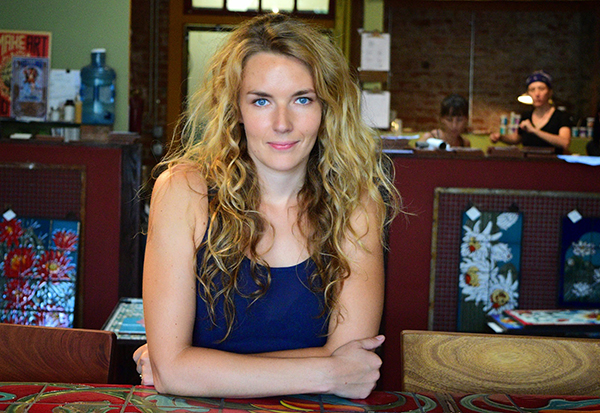
Carly Quinn at the front counter of her production studio/gallery.
Photo: Jimi Giannatti
It’s mid-August and Carly Quinn is summarizing her summer; a lot has happened since we first got together in June. In a mere couple of months, she’s garnered coverage in Phoenix Home & Garden Magazine, was an exhibitor at the Dwell on Design L.A. convention, scored editorial coverage in an upcoming issue of Dwell magazine, expanded her production department – both equipment and bodies, picked up new clients, and has been working on opening a satellite gallery in the Foothills this month.
What’s all the hubbub about?
Tile. Beautiful, ubiquitous, functional, artistic tile. Carly Quinn Designs offers custom, hand-made glazed tile – produced at 403 N. 6th Ave. in Downtown Tucson – and has gone international.
“I got into a gallery in Israel and they bought a bunch of my Arabesque designs,” Quinn says. She slightly shakes her head of curly blonde hair, with a smile that seems somewhat perplexed by the adventitious happenstance.
“Arabesque?” I have no idea what that means in the design world, but it sounds cool. Her striking blue eyes refocus, explaining, “Arabesque is a Moorish-based design, a curvilinear design.”
Getting into an Israeli gallery and into a forthcoming issue of Dwell magazine both stemmed from her participation as an exhibitor at the 2014 Dwell on Design L.A. convention. The mid-June event ran three days. “It’s a show for buyers, architects and designers,” Quinn details. “We didn’t make a ton of sales but we made a lot of contacts.”
Networking is a method that has worked well for the 30-year-old artist/business owner. Gathering contacts, taking chances, knocking on doors, good ol’ perseverance and the gorgeous high-quality product has kept the doors open for over three years and is growing the business steadily – a business she started with $800 and a folding table.
“We’re getting more orders, orders for galleries and a couple wholesale people we have, like Mexican Tile & Stone Company, their orders started to increase pretty significantly and I think that’s why I started hiring more people.
“Beyond our custom work, which has been increasing every month, our big thing is we got an account with this company called Avila Retail. They’re based in Albuquerque, and that just happened in February. They own 40 retail shops in six different international airports. And that was when things started to get really nuts over here. So we’re shipping out hundreds and hundreds of tiles to them every month. Right now, we’re in three shops at Sky Harbor (International Airport), we’re in one shop in Albuquerque, and they are putting us in San Francisco International and Denver International. So, that’s pretty sweet!”
Curious about her connection creating process, I inquire: “How did they find out about you?”
Carly chuckles, her face lights up, and she explains: “Well, I, on a whim… I got a wild hair up my ass in late January when (husband) Anthony and I had a day off. ‘Let’s drive to Albuquerque, I want to see these people.’ I saw their shop at the Phoenix airport – we were waiting for our flight to Austin for Thanksgiving I think – and I walked into one of their shops and noticed there was a lot of handmade stuff. And it took me a little bit of time to kind of work up the courage to just do it, to go up there (to Avila Retail in Albuquerque) and see what they would say, and it went really well. They were kind enough to let me present my work to them. And then they placed an order for four of their stores right there in their shop.”
Finding and expanding the number of distribution shops is perpetual, she says, “I’m always in work mode no matter where I am or what I’m doing. For instance, when we were in Austin, I had my iPhone out writing down every single store I thought my stuff would be good in, and I’d take the list and I’d email people and I’d call them, doing a lot of marketing stuff for myself. And two thirds of the time, people are not interested, one third of the time, they are.” Her shrug says c’est la vie. “I’m constantly thinking about it, it can get a little annoying. I’m very driven to take care of the business end, and I like it.”
Quinn’s laid-back exterior belies her ambition. As they say, still waters run deep. For a small business to survive, the leader must be driven, but it doesn’t mean one has to be Type-A. With mellow measure and artistic acumen, Carly is at the helm with artists and musicians Keli Carpenter, Lisa Lemke, Katie Carr and Dani Hawley helping Quinn keep the ship afloat and running smoothly. The staff keeps the kiln fires lit, firing tiles that get shipped out several times a week at a rate of 20 to 50 boxes weekly. It is work that must be done both quickly and accurately; the process of silk screening and glazing the tiles takes skill.
“We have to train everyone extensively. It takes a lot,” Quinn says. “We can’t just hire anyone. You have to be artistic, you have to have a steady hand, you have to have an eye for color. And, you have to know what you are doing with the glaze.”
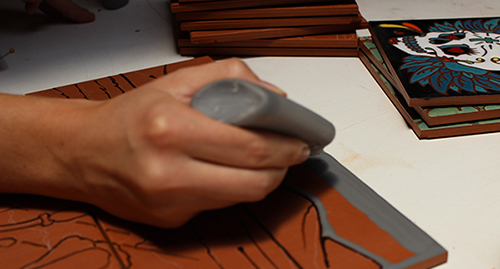
Quinn glazes a tile sky. photo: Jamie Manser
Glaze. To the untrained eye, the pre-fired glazed tiles look like blobs and swirls of brown and grey, green-grey, brown-grey, light grey, dark grey, but just hues of brown and grey. It is the chemical reactions taking place in the kiln that bring the array of colors to life.
“It’s my favorite thing ever, watching those colors develop and blend and the chemistry behind it all. And I’ve never taken any kind of ceramics class ever, so, largely self-taught when it comes to firing and figuring out what is going on with glazed colors. Which can be really frustrating. It doesn’t look like anything before you fire it, but over the course of nine years of making tile, now it is really easy for me to discern what the glaze I put on is going to look like,” she explains.
“Do you still get surprised?”
Her response is an immediate, “Oh yeah, almost every day! Constantly problem solving, finding new glaze combinations that work really well together. I think one thing, over the course of playing around with these colors for nine years is figuring out what colors blend well together, what colors work in the kiln – under our firing circumstances – and what colors don’t. I’ve been able to source and mix some really amazing reds, orange and yellow colors that no one else has. I think that developing a painterly quality in my work also sets us apart from other people that make tile. It’s pretty hard.”
Quinn is no stranger to hard work. Her art education took five and a half years, resulting in a Bachelors in illustration, a Bachelors in fine art, a minor in graphic design and website design, and a minor in art history. The last couple years of her college career, Quinn worked with a tile artist, which set her on her tile-paved path.
She says it is the functionality of tile, “that had a big draw for me because going into college, knowing I was getting the degrees I was getting I was really scared about finding a job, but art was the only thing I wanted to do, ever, with my life. So I was going to do it, but I had to find a way to not be starving all the time. So I thought that tile would be a good way to maybe not be starving all the time because people love tile and it is functional.”
We look around her studio/gallery/shop in the historic Old Market Inn, surveying the different types of tile on display. There’s the previously mentioned Arabesque designs, along with her new Alhambra-inspired mural, a bevy of flower tiles, Sonoran desert scenes, Día de los Muertos skulls colorfully adorned, and even house numbers and field tiles – all in various sizes to suit any purpose. They are presented on tables or hanging from the walls of exposed brick, illuminated by natural light that comes through the floor-to-ceiling front windows.
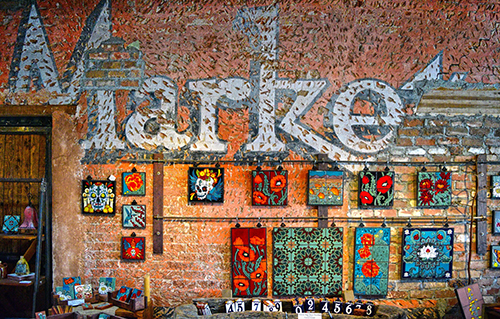
Carly Quinn Designs is located in the 1880-built Old Market Inn on 6th Avenue.
Photo: Jimi Giannatti
She points out the second kiln that’s been brought in to keep up with demand, and gestures over the area that will be re-allocated to production. “Everything is going to move up, ” she says, motioning towards the front/east end of the shop.
It’s a great place to have a little tile factory/gallery – the 1,000 square foot space is sandwiched between Exo Roast Co. and Tap and Bottle on 6th Avenue at 7th Street, in another pocket hub of the hopping Downtown scene.
“I love it. I love that I was the first one in this building and I used to have to lock my door when I was here by myself and since then, over the course of three years, Exo has come in with their specialized amazing coffee, and then Tap & Bottle opened and it’s like – when there’s a food truck here – I don’t have to leave the shop. It’s perfect and it’s very Tucson, to me. I really love my neighbors. And we’re all designing, all four of us in the building – along with Design Collaboration in the back, and that’s Margaret Joplin – all four business owners are working to build Tucson’s first parklet, which is happening right now. We are having design meetings every week, we’re submitting our designs to the city. And, that’s kind of a big deal, so it’s cool to be a part of Tucson’s first anything and something that’s so cool like a parklet and something that we actually can all come in with our own designs and ideas and make this thing that’s going to be out there that people can enjoy.”
“What else is going on?”
She pauses for a minute, adding. “I’m going to start doing tiles for Disney. An animator that has been working for Disney for 50 years can reproduce the characters she has specifically drawn, but the license only allows her to reproduce them onto tile.” A minute later, her co-worker reminds her of another project.
“Oh yeah, thanks! I’m also doing the All Souls Procession 25th Anniversary tile, taking the artwork Mel Dominguez did and truncating it into six inch tiles. And donating half the proceeds to All Souls. I’ll start with a run of 100, it will be a limited edition, cost $25. Starting in September, people can buy them here, online on the All Souls Procession website and at local businesses downtown.
“It’s my favorite event,” she says as we wrap up our chat. “I wanted to help it somehow, and be a part of the community.”
September also sees Carly Quinn Designs expanding its Tucson footprint to the Foothills, with a satellite gallery opening in Gallery Row at 3001 E. Skyline Dr. Sample the designs online at CarlyQuinnDesigns.com, visit the downtown space at 403 N. 6th Ave. or ring (520) 624-4117 with inquiries.


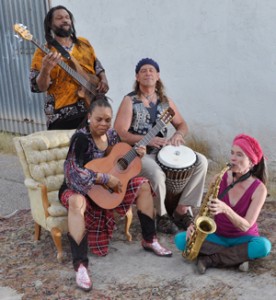

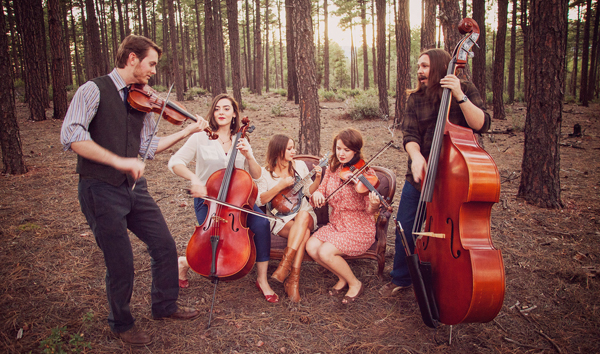
 Notable album tracks include The Lord Taketh Away and Heavy the Sorrow – both require more than one listen! On these cuts, the writers are clearly pulling deeply from the sad proud Americana tradition of composing slower, heart-wrenching songs about betrayal, death, loss, and faith.
Notable album tracks include The Lord Taketh Away and Heavy the Sorrow – both require more than one listen! On these cuts, the writers are clearly pulling deeply from the sad proud Americana tradition of composing slower, heart-wrenching songs about betrayal, death, loss, and faith.


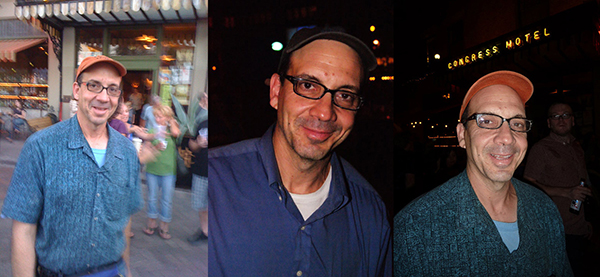
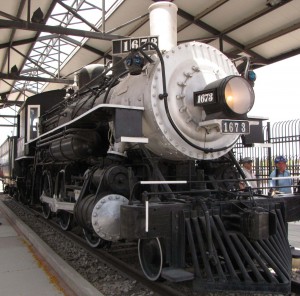

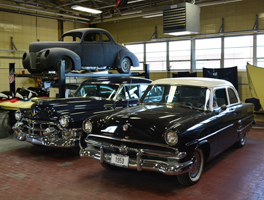

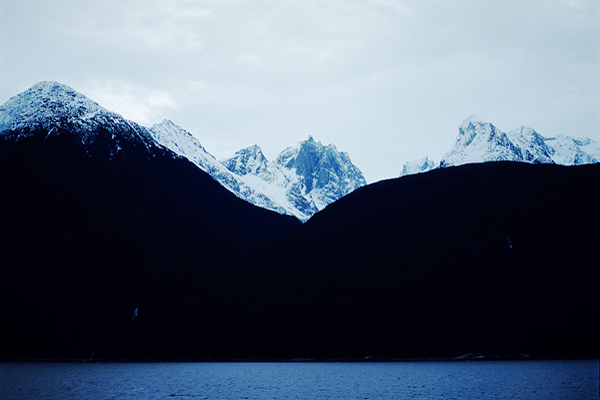
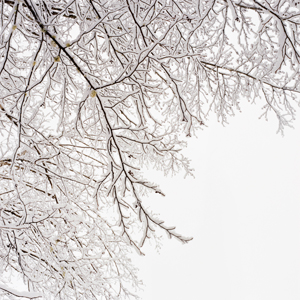
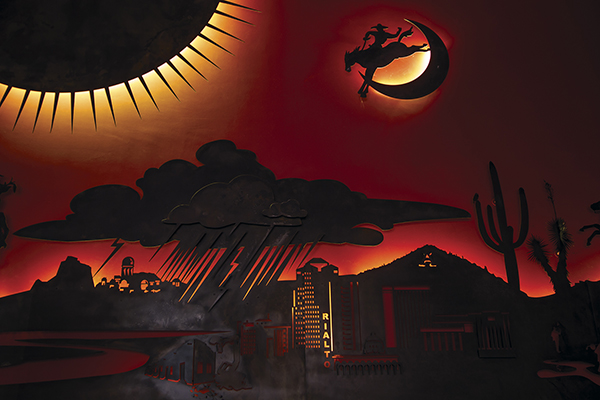
 “What kind of bar does it want to be? It was a tricky thing to determine because it has to be several different bars, depending on the circumstances,” McCrary says.
“What kind of bar does it want to be? It was a tricky thing to determine because it has to be several different bars, depending on the circumstances,” McCrary says.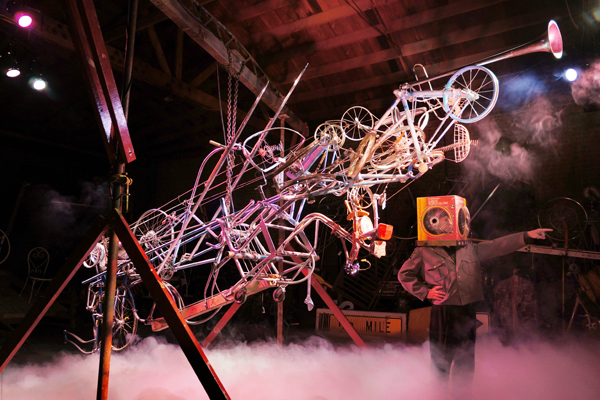
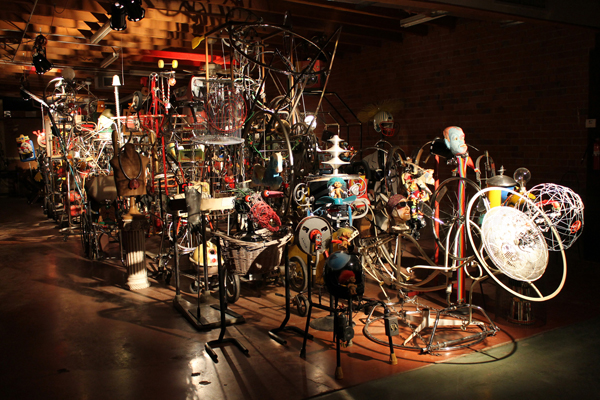
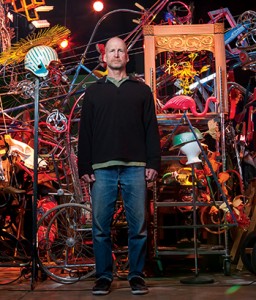




Also find us on...